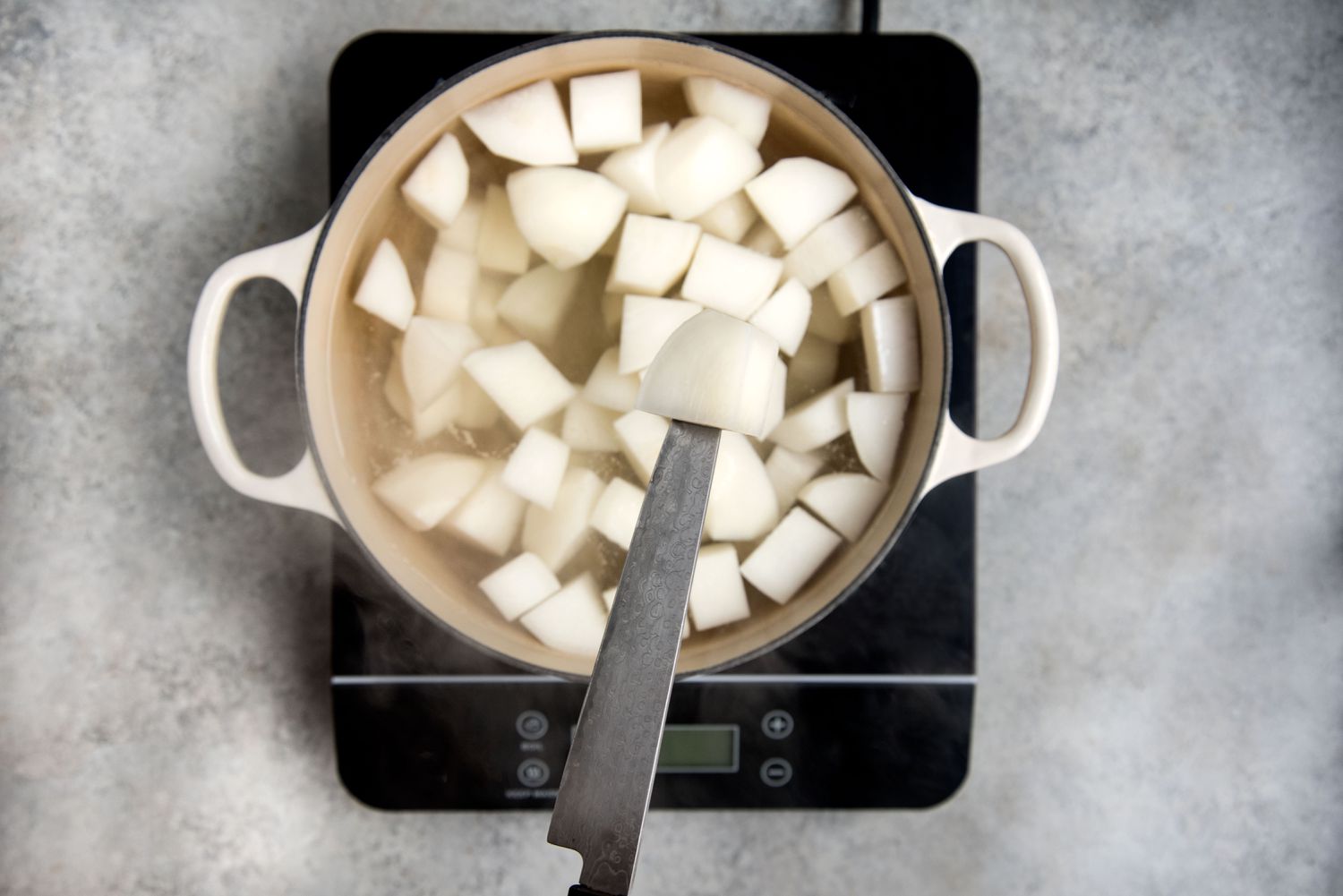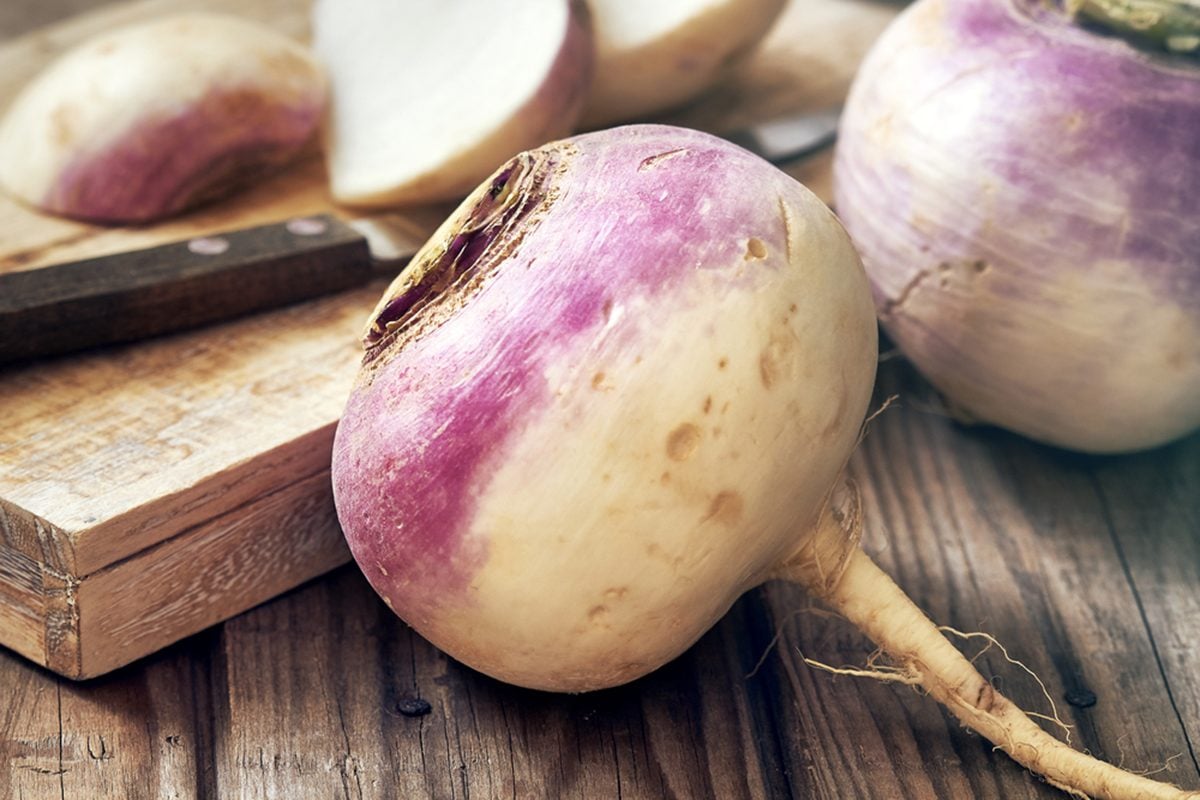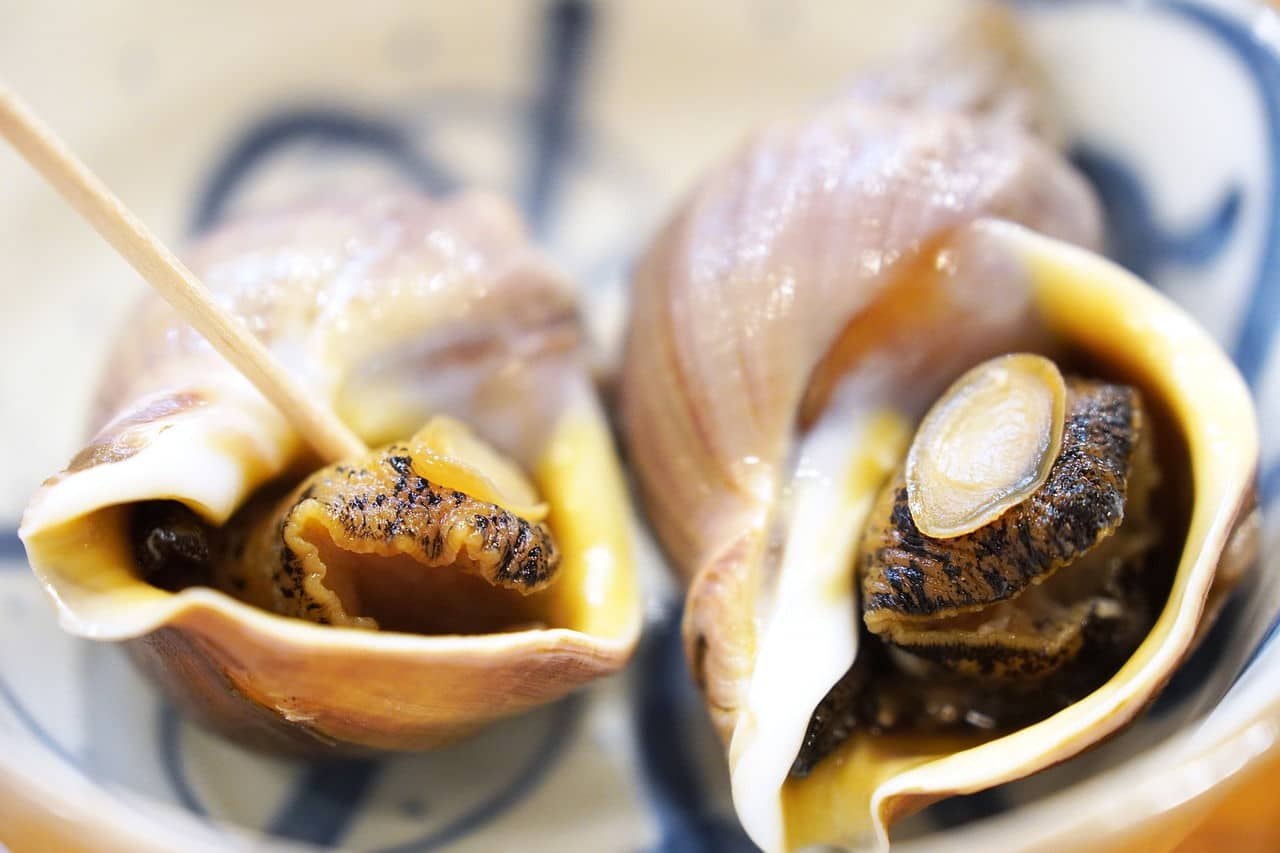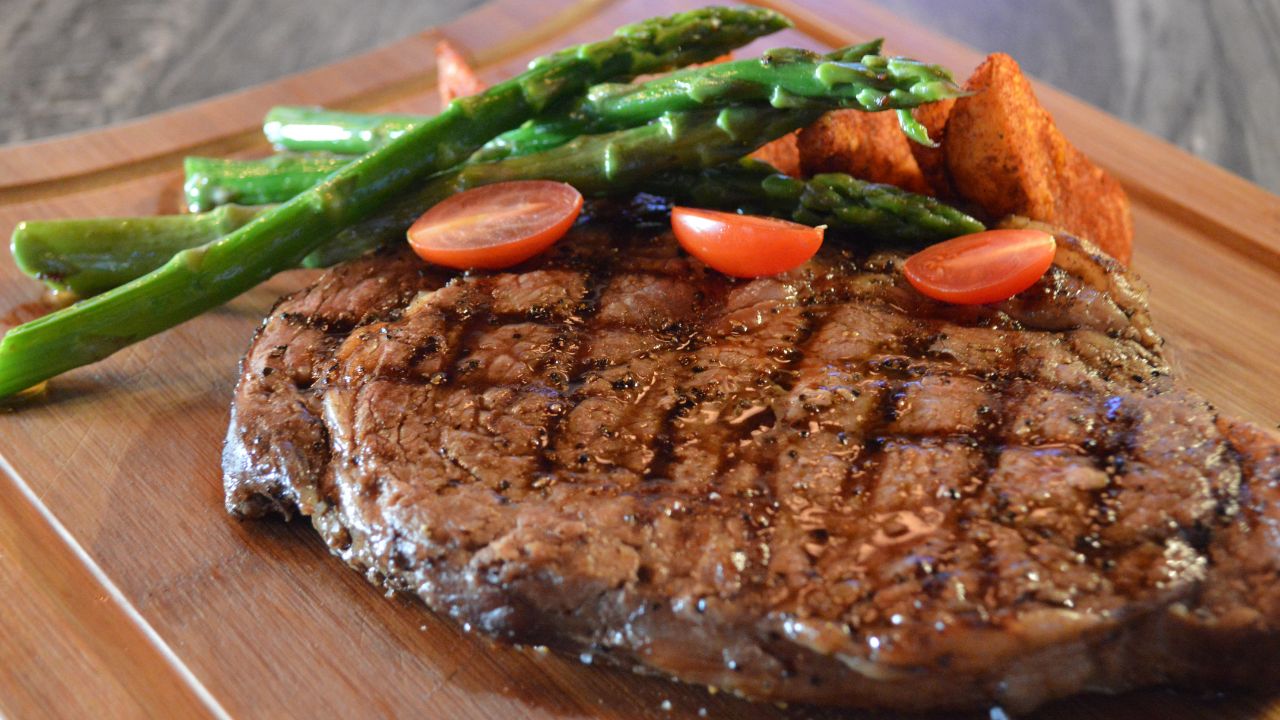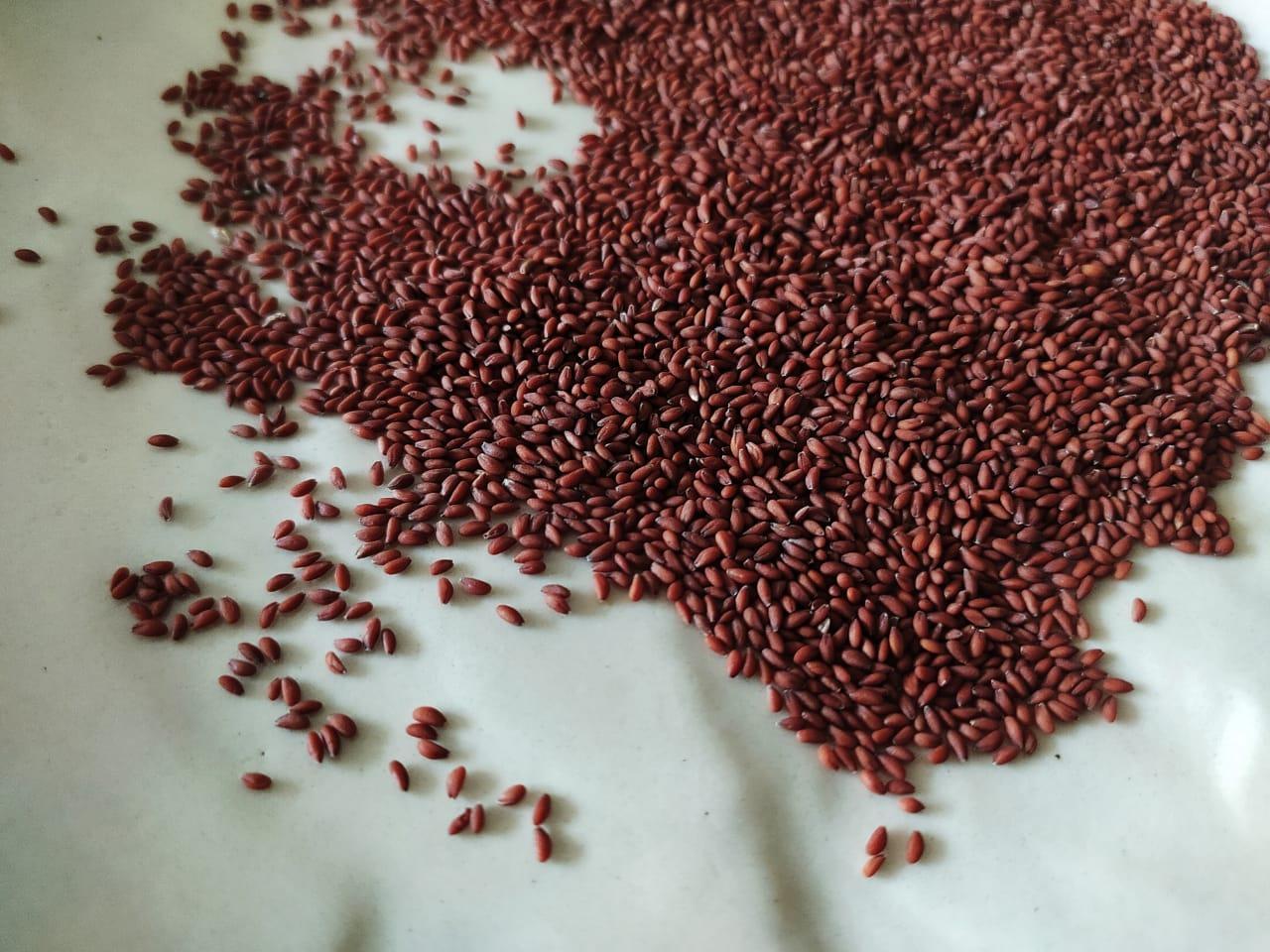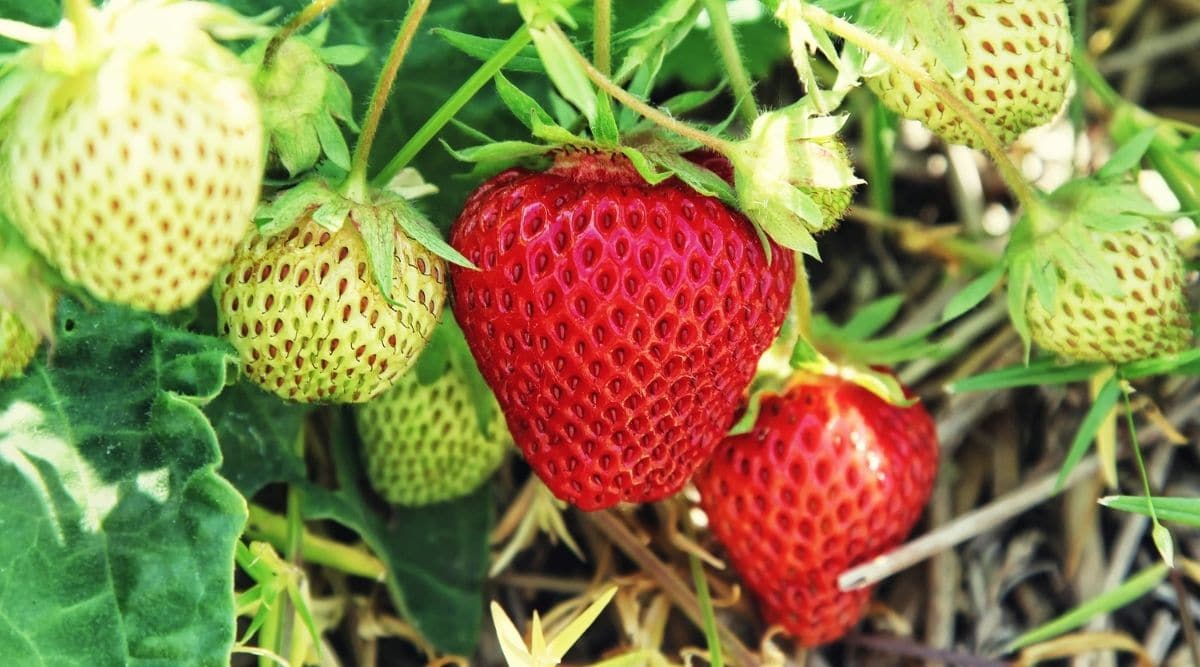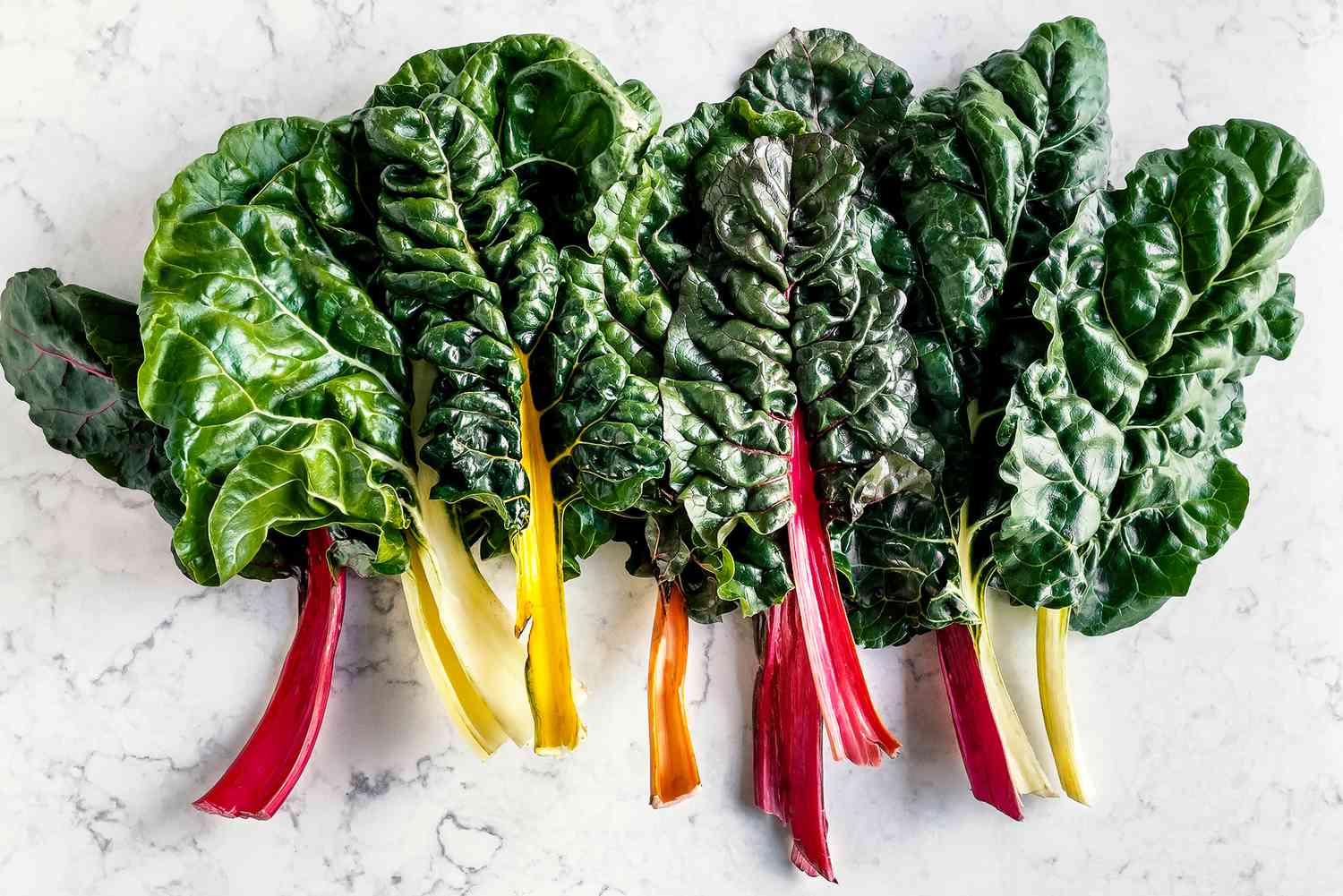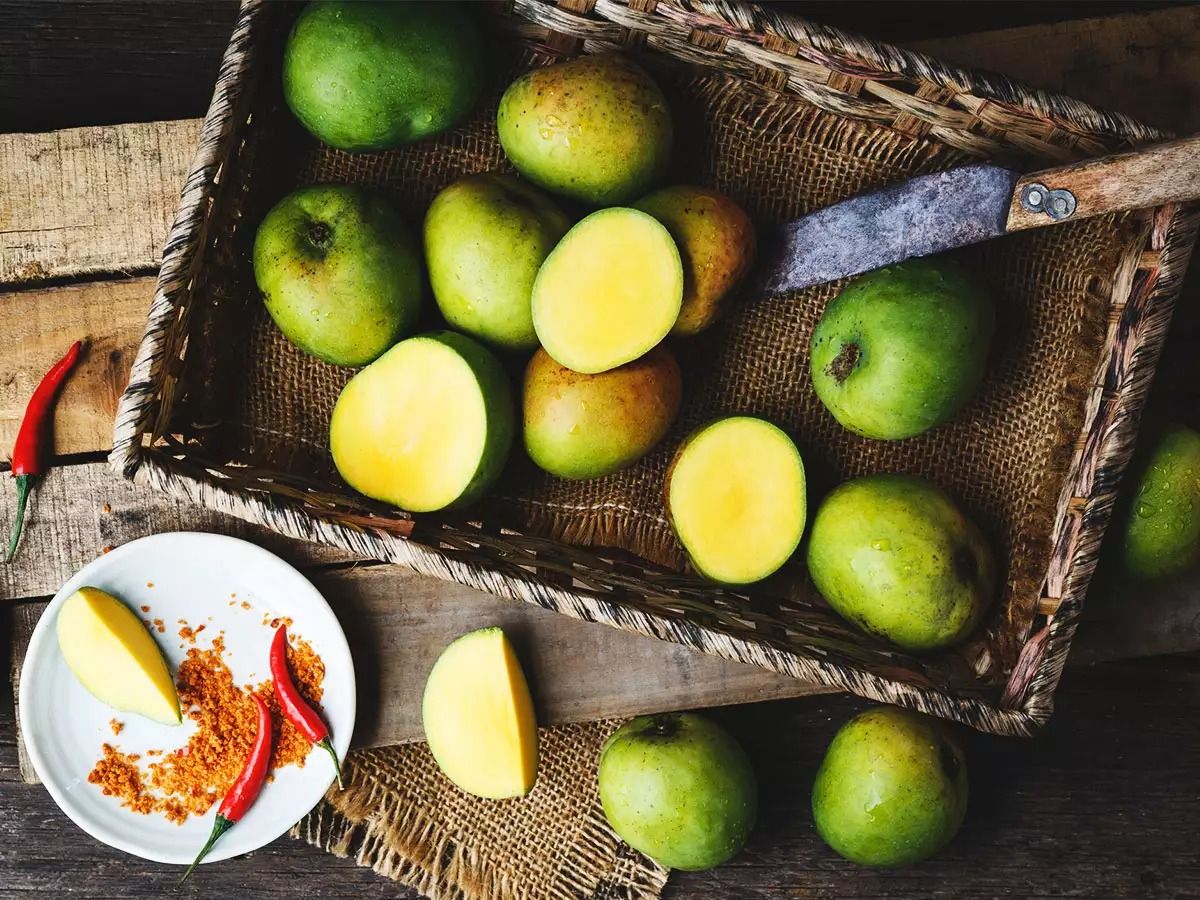Delicious Ways to Enjoy White Turnips
White turnips are a versatile and nutritious vegetable that can be enjoyed in a variety of ways. Whether you’re looking to incorporate more vegetables into your diet or simply want to try something new, white turnips are a great option. Here are some delicious ways to enjoy white turnips:
1. Roasted White Turnips
One of the simplest and most delicious ways to enjoy white turnips is by roasting them. Simply peel and chop the turnips into bite-sized pieces, toss them with olive oil, salt, and pepper, and roast in the oven until they are tender and caramelized. The roasting process brings out the natural sweetness of the turnips and gives them a deliciously crispy texture.
2. White Turnip Fries
If you’re a fan of french fries, you’ll love white turnip fries. Simply cut the turnips into thin strips, toss them with olive oil and your favorite seasonings, and bake them in the oven until they are golden and crispy. White turnip fries are a healthier alternative to traditional french fries and make a delicious snack or side dish.
3. White Turnip Salad
White turnips can also be enjoyed raw in a refreshing salad. Simply slice or shred the turnips and toss them with your favorite salad greens, along with a light vinaigrette dressing. You can also add other crunchy vegetables like carrots or radishes for extra texture and flavor.
4. Mashed White Turnips
For a comforting and nutritious side dish, try mashing white turnips. Simply boil the turnips until they are tender, then mash them with butter, salt, and pepper. You can also add garlic or herbs for extra flavor. Mashed white turnips are a great alternative to mashed potatoes and pair well with a variety of main dishes.
5. White Turnip Soup
White turnips can be used to make a delicious and warming soup. Simply sauté onions and garlic in a pot, add chopped turnips and broth, and simmer until the turnips are tender. Blend the soup until smooth, and season with salt, pepper, and herbs. White turnip soup is a comforting and nutritious option for a cozy meal.
These are just a few of the many ways to enjoy white turnips. Whether you prefer them roasted, raw, or in a comforting soup, white turnips are a versatile and delicious addition to any meal. Give them a try and discover a new favorite vegetable!
Exploring Delicious Recipes and Additional Uses for White Turnips
With a newfound understanding of how to eat white turnips, it's time to put that knowledge to delicious use. Among the enticing recipes provided, Roasted White Turnip and Carrot Medley, Creamy White Turnip Soup, and White Turnip and Pork Stew stand out as must-tries. Each recipe offers a different way to appreciate the versatility of white turnips. The roasted medley brings out the natural sweetness of the turnips when paired with carrots, perfect for a comforting dinner side. The creamy soup provides a warming and nutritious option for colder days, while the hearty stew with pork beautifully highlights how well turnips meld with rich, savory flavors. Embarking on these recipes will not only expand your culinary repertoire but also enhance your appreciation for this humble root vegetable.
